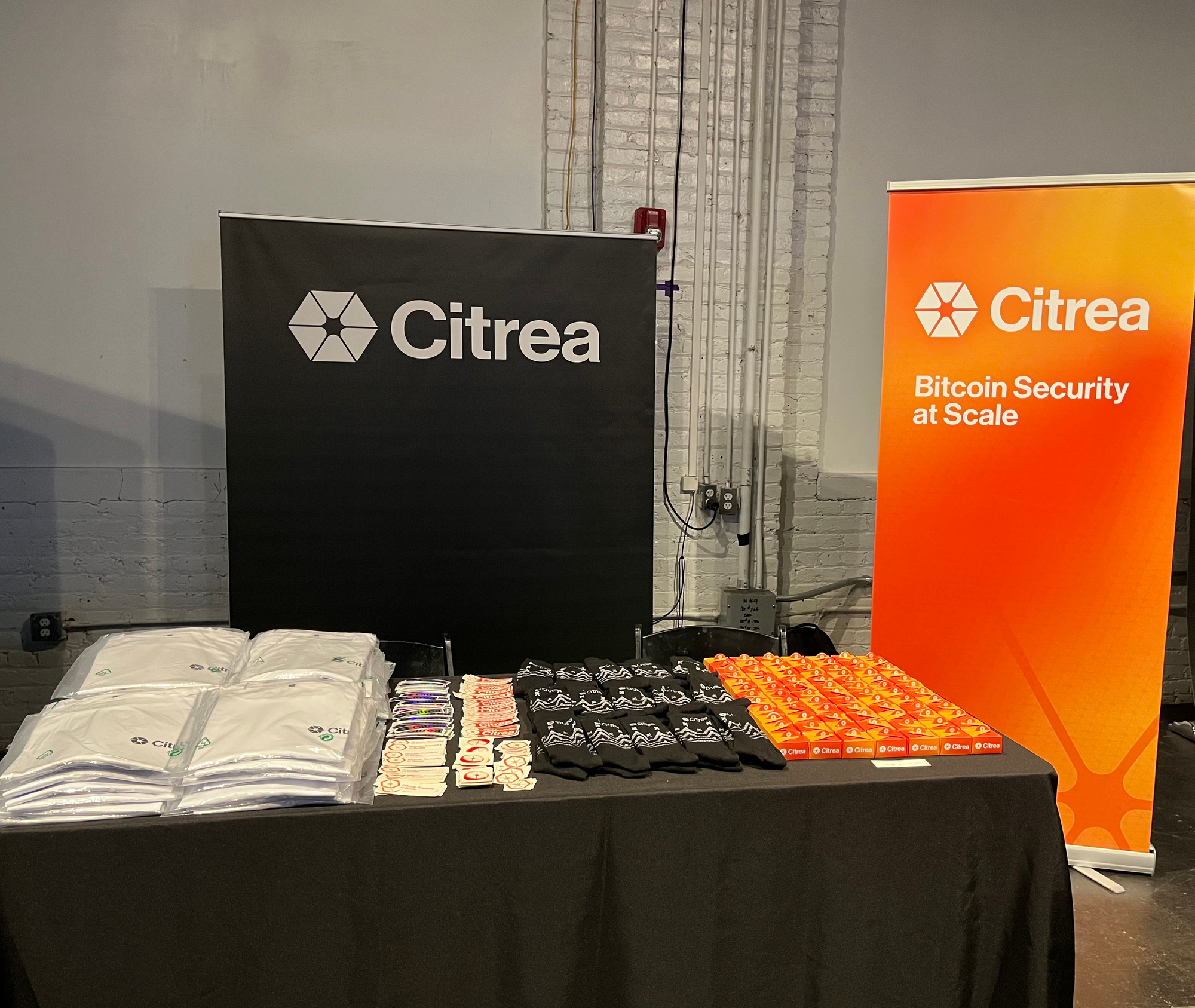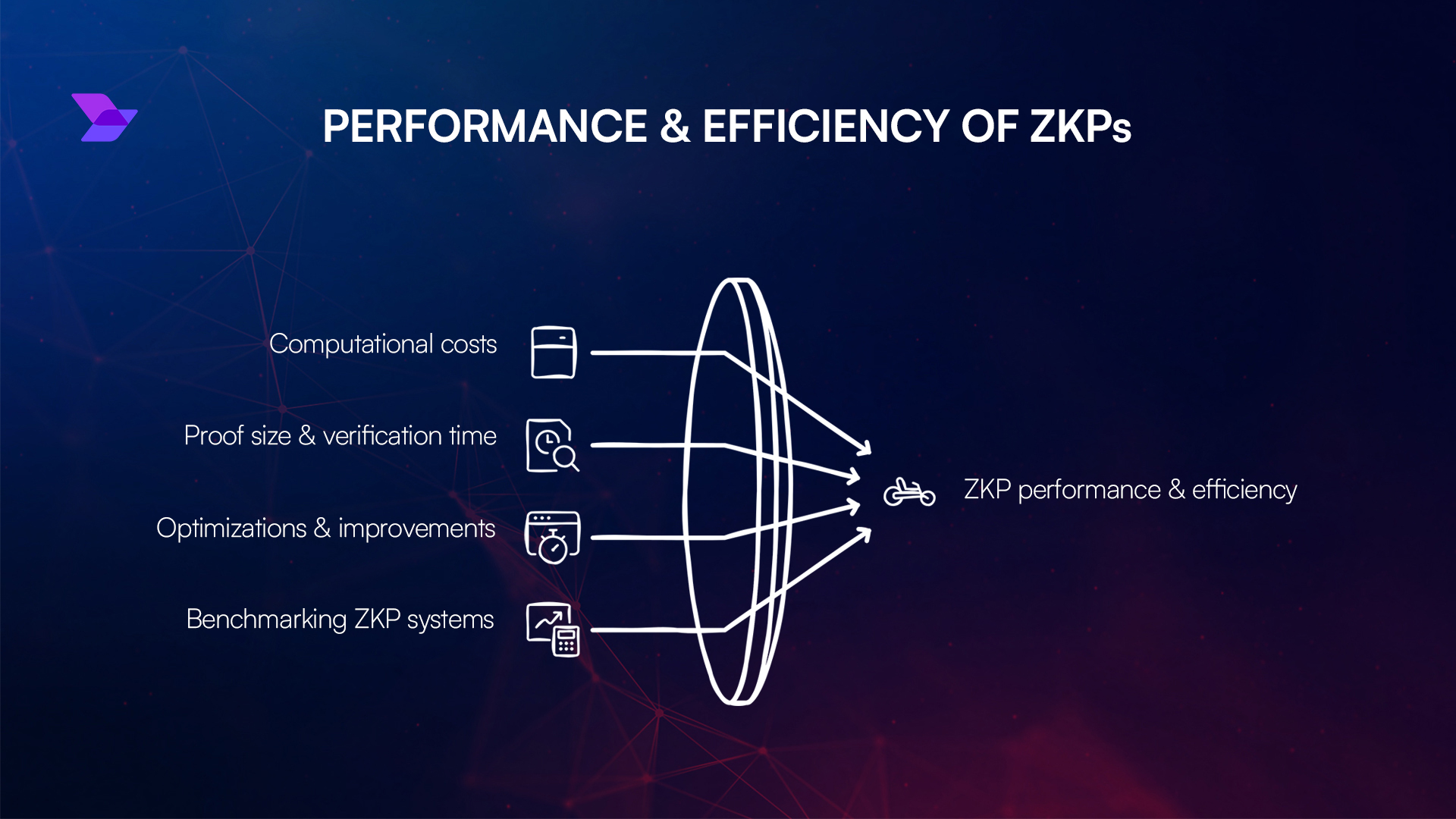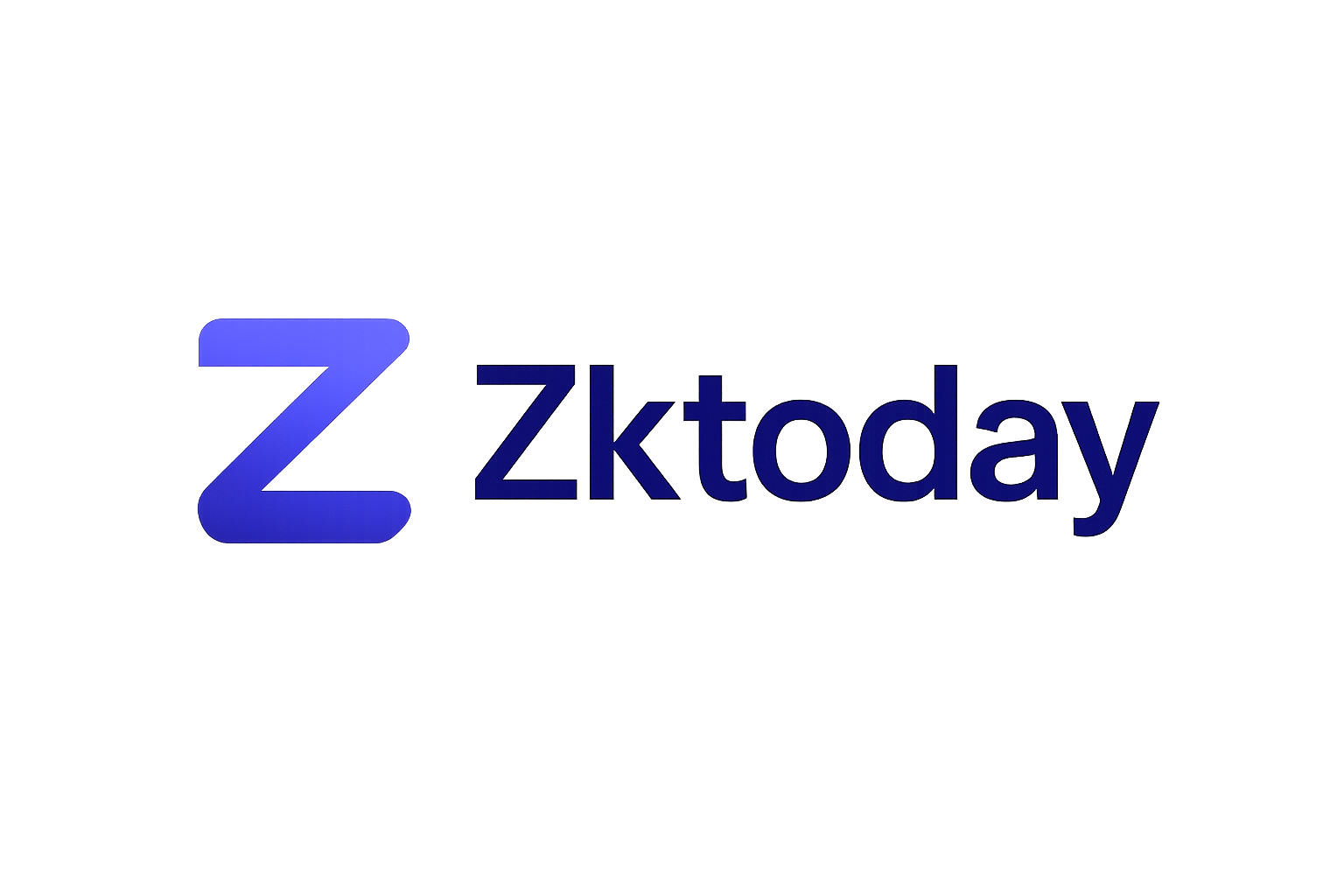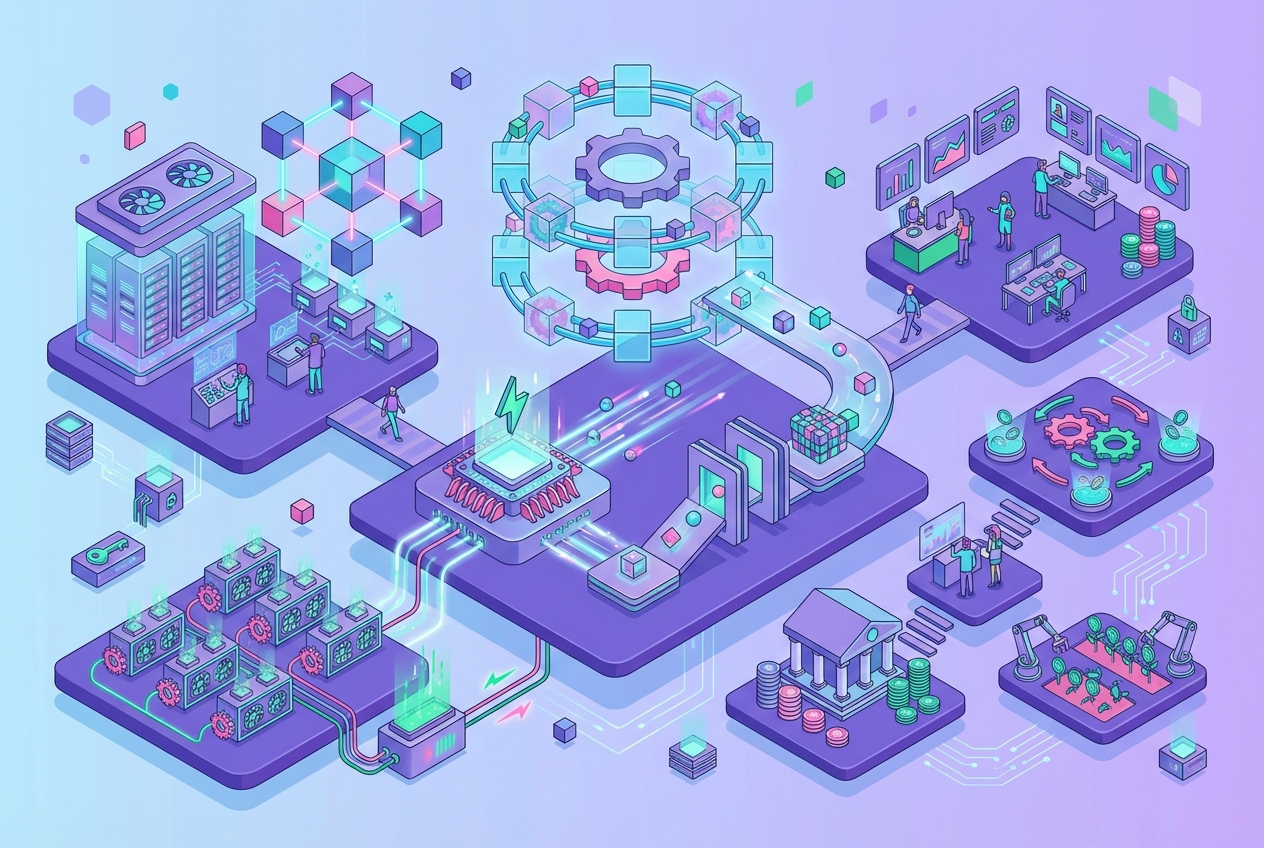
Bitcoin’s ongoing quest for scalability has reached a critical inflection point. With the BTC price currently at $115,856.00, network activity and transaction demand continue to push the protocol’s throughput and fee structure to their limits. As Bitcoin cements its role as both a store of value and a transactional network, the emergence of native BTC layer 2 solutions has become more than a technical curiosity, it’s an economic imperative.
ZK Rollups: A Paradigm Shift in Bitcoin Scaling
Zero-knowledge (ZK) rollups are rapidly gaining traction as a leading bitcoin scaling zk rollup solution. By moving computationally intensive transaction processing off-chain, ZK rollups batch hundreds or thousands of transactions into a single proof. This cryptographic proof is then submitted to the Bitcoin mainnet, slashing data requirements and transaction costs while maintaining full trustlessness and security.
This approach has been transformative for Ethereum, but integrating ZK rollups into Bitcoin poses unique challenges due to its deliberately limited scripting language. Despite these constraints, recent breakthroughs, such as the successful deployment of Citrea, Bitcoin’s first ZK rollup, signal that native BTC layer 2 scaling is not just theoretical but operational (source). The core promise is clear: dramatically increased throughput without sacrificing decentralization or security.
Key Benefits for the Bitcoin Ecosystem
[list: Key advantages of bitcoin zk rollup adoption]
The integration of ZK rollups offers several tangible benefits for the Bitcoin ecosystem:
- Enhanced Scalability: Processing transactions off-chain means higher throughput and lower latency for users worldwide.
- Reduced Fees: By batching transactions and minimizing on-chain data, average fees per transaction drop significantly, a crucial factor as BTC usage grows.
- Sustained Security: Zero-knowledge proofs guarantee that only valid state transitions are committed to the main chain, preserving Bitcoin’s robust security model.
- Ecosystem Expressivity: With projects like Citrea leveraging zkVMs (zero-knowledge virtual machines), developers can bring new types of applications, DeFi, NFTs, and more, to the BTC network without compromising on trustlessness (source).
The Technical Challenge: Adapting ZK Rollups to Native BTC Layer 2
The path to large-scale btc zk rollup adoption is technically demanding. Unlike Ethereum’s flexible smart contract environment, Bitcoin was intentionally designed with limited scripting capabilities for security reasons. Implementing complex zero-knowledge computations requires creative workarounds, such as custom opcodes or innovative use of Taproot-enabled scripts, to verify proofs efficiently on-chain.
This has led to an explosion of research into lightweight proof systems and modular protocol upgrades that can support robust layer 2 solutions without bloating the base layer or introducing new attack vectors. The recent demonstration by Citrea shows that it is possible to build scalable zkVM-based rollups directly atop Bitcoin’s UTXO model (source). However, widespread adoption will depend on continued advances in proof efficiency and interoperability with existing wallets and infrastructure.
Market Context: Why Now?
The urgency surrounding native layer 2 scaling is underscored by current market dynamics. At today’s price point of $115,856.00, even modest fluctuations in demand can lead to significant fee spikes, pricing out everyday users during periods of high congestion. By offering near-instant settlement at a fraction of current costs, ZK rollups have the potential to democratize access while preserving what makes Bitcoin unique: its uncompromising approach to decentralization and security.
Bitcoin (BTC) Price Prediction: Impact of ZK Rollups (2026–2031)
Forecast assumes continued development and adoption of ZK Rollup Layer 2 scaling on Bitcoin. All prices in USD. 2025 market price baseline: $115,856.00.
| Year | Minimum Price (Bearish) | Average Price | Maximum Price (Bullish) | % Change (Avg YoY) | Key Market Scenario |
|---|---|---|---|---|---|
| 2026 | $97,000 | $130,000 | $165,000 | +12% | Early ZK Rollup adoption; moderate macro headwinds |
| 2027 | $108,000 | $155,000 | $210,000 | +19% | Broader Layer 2 usage; institutional accumulation |
| 2028 | $130,000 | $190,000 | $265,000 | +23% | Mainstream scaling; regulatory clarity improves |
| 2029 | $155,000 | $230,000 | $330,000 | +21% | Global adoption accelerates; DeFi on Bitcoin expands |
| 2030 | $180,000 | $275,000 | $400,000 | +20% | Peak ZK Rollup utility; new financial products |
| 2031 | $200,000 | $315,000 | $470,000 | +15% | Market matures; competition from other L1s |
Price Prediction Summary
Bitcoin’s integration of ZK Rollups is expected to drive significant scalability improvements, reducing transaction fees and enabling broader use cases. Over the next six years, BTC could see sustained growth, with average prices potentially tripling by 2031 if adoption and technological progress continue. However, volatility and regulatory uncertainty may cause wide yearly price ranges.
Key Factors Affecting Bitcoin Price
- Adoption pace of ZK Rollup scaling on Bitcoin
- Regulatory clarity around Bitcoin and Layer 2 solutions
- Macro-economic trends and institutional demand
- Competition from other blockchains and scaling technologies
- Progress in Bitcoin’s scripting and developer ecosystem
- Market sentiment and global economic cycles
Disclaimer: Cryptocurrency price predictions are speculative and based on current market analysis.
Actual prices may vary significantly due to market volatility, regulatory changes, and other factors.
Always do your own research before making investment decisions.
As the Bitcoin ecosystem evolves, the integration of bitcoin zk rollup solutions is already altering the competitive landscape for both users and developers. The push for scalable, cost-effective transactions is not just a technical upgrade; it’s a catalyst for new economic activity and innovation on the world’s most valuable blockchain.
Emerging Use Cases: DeFi, NFTs, and Beyond
With ZK rollups making inroads as a native BTC layer 2, Bitcoin is positioned to support more expressive applications previously limited to Ethereum and other smart contract platforms. Developers can now experiment with decentralized finance (DeFi) protocols, NFT issuance, and complex payment channels directly anchored to Bitcoin’s security. This unlocks composability, where assets and protocols can interact trustlessly, and opens the door to institutional-grade products that require both scalability and compliance.

The growing interest in zkVMs further extends possibilities. By enabling programmable logic within zero-knowledge environments, projects like Citrea are pioneering a new paradigm where privacy-preserving computation meets Bitcoin’s robust settlement layer. The result is an ecosystem that can scale to billions of users without sacrificing auditability or censorship resistance.
Risks and Open Questions: Navigating Uncharted Territory
Despite the momentum, several risks must be managed as btc zk rollup adoption accelerates:
- Security Auditing: Layer 2 protocols introduce new attack surfaces. Rigorous peer review and open-source scrutiny are essential before mainnet deployment.
- User Experience: Seamless wallet integration and transparent fee structures are crucial for mainstream adoption. Early rollups must prioritize UX to avoid fragmentation.
- Sustainability: Rollup operators must ensure economic incentives align with network security, especially as transaction fees decrease per user.
The community will need to address these questions collaboratively. Governance around protocol upgrades, interoperability standards between rollups, and education for end-users will play pivotal roles in shaping adoption curves over the next cycle.
What Comes Next? The Roadmap for Native BTC Layer 2 Scaling
The path ahead for bitcoin scaling zk rollup technology is defined by rapid experimentation and iterative improvement. We are likely to see:
Key BTC ZK Rollup Milestones to Watch in 2025
-

Citrea Mainnet Launch: Citrea, the first ZK Rollup built natively on Bitcoin, is expected to launch its mainnet, enabling scalable, low-fee BTC transactions secured by zero-knowledge proofs.
-

Integration of Zero-Knowledge Proofs with Bitcoin Script: Ongoing upgrades and research are anticipated to enable more advanced zero-knowledge proof computations within Bitcoin’s limited scripting environment, paving the way for broader ZK Rollup adoption.
-

Expansion of Cross-Chain ZK Rollup Bridges: Major projects are expected to deploy cross-chain bridges leveraging ZK Rollups, allowing seamless BTC transfers between Bitcoin and other blockchains like Ethereum and Polygon.
-

Onboarding of Major Bitcoin Wallets and Exchanges: Leading wallets and exchanges are projected to integrate native support for BTC ZK Rollups, simplifying user access to Layer 2 scaling and reducing transaction fees from current on-chain levels.
-

First DeFi Protocols on Bitcoin ZK Rollups: The deployment of the first decentralized finance (DeFi) protocols utilizing Bitcoin ZK Rollups is anticipated, marking a significant step toward expanding Bitcoin’s utility beyond simple payments.
The interplay between research teams, open-source contributors, exchanges, and wallet providers will determine how quickly these solutions move from testnet pilots to production-grade infrastructure supporting real economic value at scale.
For investors tracking network fundamentals or developers seeking new primitives for financial engineering, this is a rare inflection point. With Bitcoin holding above $115,856.00, efficiency gains from ZK rollups could drive another phase of adoption, enabling more transactions per block while keeping fees predictable even during market surges.
The future of native BTC layer 2 scaling hinges on our ability to blend cryptographic rigor with pragmatic engineering, without compromising the core values that made Bitcoin a global phenomenon.







